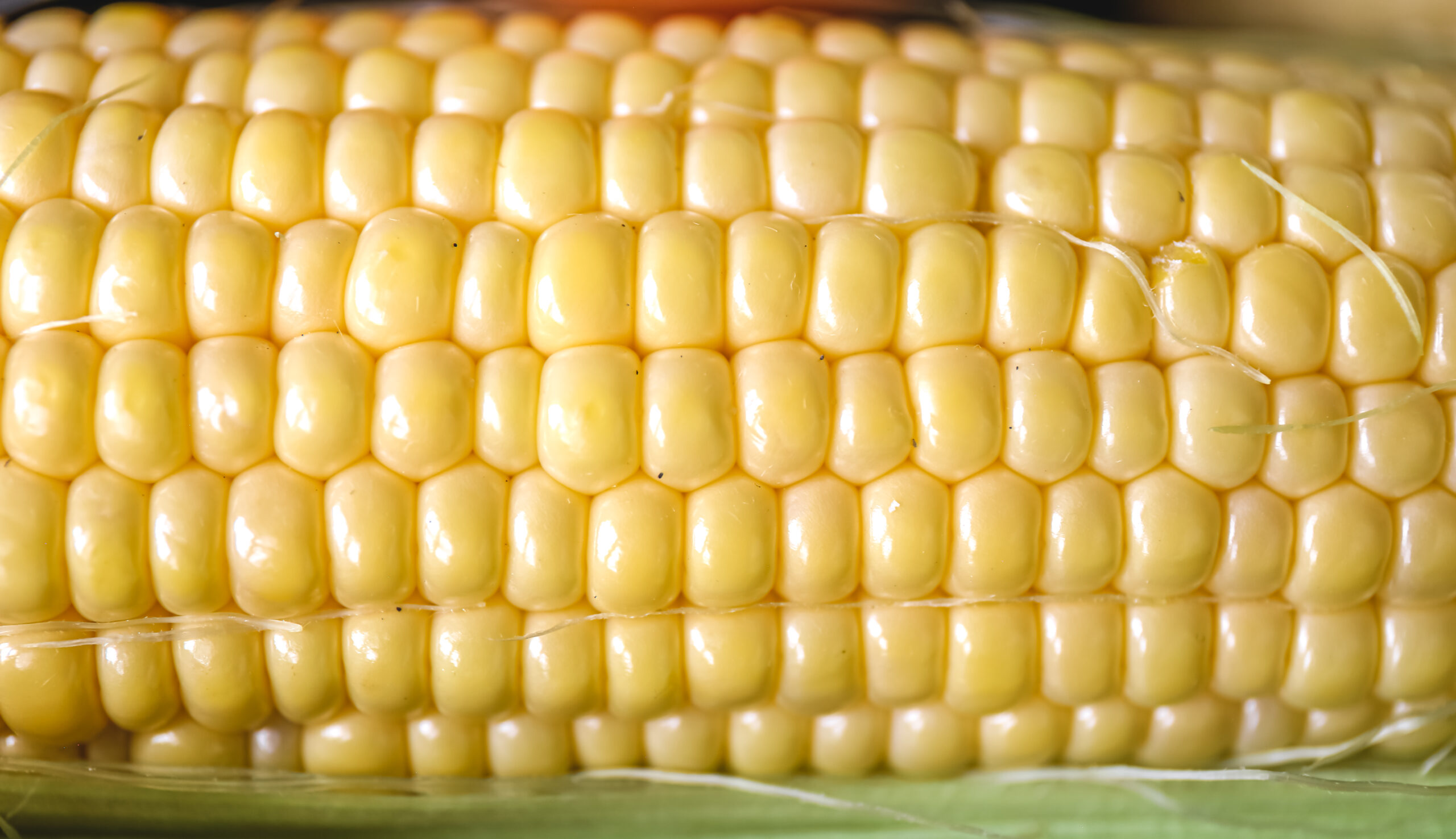In 2015, the United Nations (UN), made up of more than 150 world leaders, established the 17 Sustainable Development Goals (SDGs) as part of the 2030 Agenda. These SDGs are part of an action plan to eradicate poverty, foster respect for human rights, and promote gender equality and the empowerment of all women and girls, as part of the path to sustainable development. The 17 SDGs cover the three dimensions of sustainable development: social, economic, environmental, and all of them derive from areas of opportunity detected globally. All of them have a monitoring system through global indicators and an international monitoring mechanism to ensure compliance with the goals set.
In Mexico, the 2030 Agenda was included in the National Planning in order to develop strategies and public policies aimed at meeting the goals committed to the UN. Various sectors of society participate in this initiative: private industry, national government, local governments, academia and civil society, thus guaranteeing the continuity of long-term efforts. To date, many efforts have been made documenting improvements in the different indicators of sustainable development, but much work remains to be done. In particular, in 2018 it was reported that in Mexico only 51.1% of the water is treated in a safe way and this is strongly related to the lack of sustainable practices for the recovery of this important resource.
NEJAYOTE IS THE RESIDUAL WATER THAT IS GENERATED DURING THE NIXTAMALIZATION PROCESS OF CORN
At Tecnológico de Monterrey we are committed to contributing to the sustainable development of Mexico, and for this we have focused efforts on the development of projects that allow the use of resources through the recovery of high-value molecules from residues or agro-industrial waste. One of the options is the reinsertion of these as functional ingredients that contribute to the prevention of diseases associated with food and / or malnutrition.
Nejayote as a resource

Corn and its wide variety of derived products are one of the main sources of food in Mexico, generating a consumption of more than 20 billion tons of this food per year, with a projection of doubling by 2030, as consequence of the sustained increase of the population.
For the preparation of tortillas, tamales, gorditas, sopes, etc., it is required that the corn go through a nixtamalization process, which consists of cooking the corn in a mixture of lime (calcium hydroxide) to remove the pericarp of the grain. This process generates a waste known as nejayote, which is a highly alkaline effluent with suspended solids and, therefore, a potential environmental pollutant.
In Mexico, the tortilla industry generates millions of cubic meters of nejayote annually and there is no standardized strategy for handling this by-product, especially since 50% of this effluent is produced in small local tortillerías.
THE TORTILLA INDUSTRY GENERATES MILLIONS OF CUBIC METERS OF NEJAYOTE ANNUALLY
As researchers, we seek to add value to nejayote, to generate potential functional ingredients that can be incorporated again by the industry in its products, thus contributing to the development of a circular economy. Currently, we know that up to 50% of the antioxidants in corn can be lost in nejayote, some of which have been shown to have beneficial health properties. The prevention of cancer and the regulation of processes related to inflammation are among the beneficial effects of the compounds that are released from corn towards this aqueous effluent of nixtamalization.
In the research group NutriOmics and Emerging Technologies of Tec de Monterrey we have promoted the development of projects that, beyond contributing to industrial innovation, as an entity of the economic development of society, serve as a mechanism to design and make available to the community healthier and more nutritious food at low cost, thus contributing to reduce hunger, improve the health of individuals and take care of the environment, all these elements considered as sustainable development objectives for the 2030 Agenda.

In the recently published scientific article “Protein-phenolic aggregates with anti-inflammatory activity recovered from maize nixtamalization wastewaters (nejayote)” It is demonstrated how aggregates of small proteins and antioxidant compounds present in nejayote can be recovered. Thanks to the state-of-the-art analysis technologies that were employed, it was discovered that the traditional process is generating complexes that further increase the activity of the compounds naturally present in corn. These complexes are so small that they are recovered in ultrafiltration membranes that are industrially scalable. In other parts of the world, efforts are being made to synthesize complexes similar to those recovered from Nejayote, so it is time to link a traditional process with others that can even generate greater value and promote circular economy projects.
ANTIOXIDANT AND ANTI-INFLAMMATORY COMPOUNDS BENEFICIAL TO HEALTH CAN BE RECOVERED IN NEJAYOTE
Like other synthetic conjugates, the conjugated antioxidants recovered from nejayote have increased anti-inflammatory activity. Additionally, this study highlights the fact that some aggregates of protein-phenolic compounds remain soluble in acidic conditions, which is an important factor that increases their possible applications in food, cosmetic or pharmaceutical industries. If the antioxidant compound present in corn were not conjugated with proteins from this cereal during the nixtamalization process, its use would be limited due to its low solubility in water.
This project, which began at the Tecnológico de Monterrey, Campus Monterrey, has been developed in collaboration with researchers from other campuses such as Querétaro (Dr. Julián de la Rosa-Millán) and Puebla (Dr. María del Refugio Rocha-Pizaña. It had the collaboration of Dr. Patricia I. Torres-Chávez from the University of Sonora, Hermosillo unit.
Authors
Dr. Marilena Antunes-Ricardo She is a research professor attached to the research group with a strategic focus on Functional Food and NutriOmics at Tec de Monterrey, Campus Monterrey. marilena.antunes@tec.mx
Dr. Janet A Gutierrez-Uribe She is the director of the Regional Department of Sciences, Central-South Region, and a research professor attached to the research group with a strategic focus on Functional Food and NutriOmics at Tec de Monterrey. jagu@tec.mx
Want to know more?
In the scientific article “Protein-phenolic aggregates with anti-inflammatory activity recovered from maize nixtamalization wastewaters (nejayote)” was published in the journal LWT and indexed in the database Scopus.










